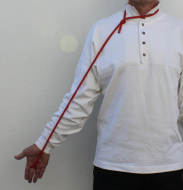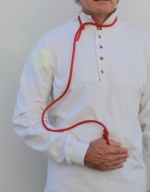- Home
- Who should use the brace?
- Why does it work?
- Nerve Related Shoulder Pain
- Nerve Related Elbow Pain
- How to use the R&M Brace
- Features of the R&M Brace
- Graded Motor Imagery training
- FAQ
- Contraindications and Precautions
- Links
- Buy the R&M Brace
- Copyright and Disclaimer
- Biography
- Blog
- The Nerve Protection Paradigm
- Case Study and Research


